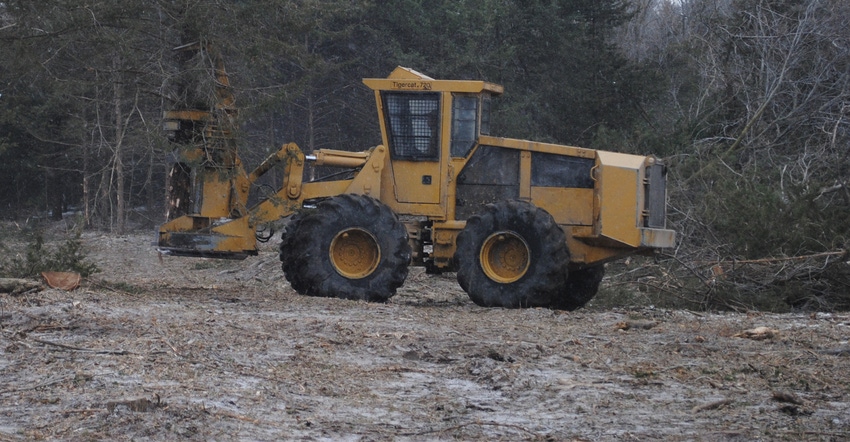December 3, 2018

Across U.S. grazing lands, eastern red cedar trees continue to invade quality rangeland. Native to many regions and found in 37 states, they are known to withstand soil and climate conditions ranging from boggy swamps to arid ridges.
The loss of grazing lands and encroachment of cedar trees outside of useful windbreaks, swallowing up pastures, soaking up precious soil moisture and choking out native hardwood forestlands, has not gone unnoticed. Thanks to a combination of diligent control measures that include prescribed fire, chemical and mechanical treatments, red cedar expansion in some states like Nebraska has surprisingly reversed by 10%, or nearly 40,000 acres, since 2011.
But the reversal against this longtime invasive foe has not been accidental. It has taken persistence on the side of farmers, ranchers and landowners to get it done.
Fire and chemical control measures have their place and time, but more landowners have opted to thin and alleviate cedars and other invasive trees and shrubs through mechanical means. Part of the reason for this movement has been the increase in options and new technologies for mechanical control. Winter is an optimal time for tree removal operations, but you want to make sure you use the best tools for the job under your specific conditions if you decide to do the job yourself.
It is easiest to destroy cedar trees when they are small, below 4 feet in height. Smaller is better. With trees that are mere seedlings, mowing and shredding keep them under control. But this treatment is necessary every few years to control the young trees at a manageable height.
In areas where invasive stands are thin, hand-pruning trees at ground level works well, but it is time-consuming and labor-intensive. Keep in mind, that if you cut the tree below the bottom branch, it will not regrow.
For trees greater than 4 to 6 feet in height, it takes bigger equipment to mechanically remove the tree. Landowners need to decide what their goals are for removal. Thin stands can still be removed by chainsaws. If you don’t mind brush or slash piles, or if you plan to burn the piles, removing trees with a hot saw or brush shear attachment on a skid loader is perfectly acceptable. These attachments can usually fit on every major brand of skid loader and tractor, and can normally cut fairly large trees, depending on the brand and size of the attachment.
Professional foresters always prefer that lumber-sized trees be utilized as a resource, so these larger trees can be cut with a hot saw and limbed out with a tree processing machine to be used for saw logs or fence posts. Post-peelers can take the bark off post-sized logs to provide high-quality, locally processed posts for use on the farm and ranch.
One of the greater evolutions in invasive tree management has been the evolution of tree mulcher attachments. These utilize blades to grind through trees and brush down to the base stump, no matter what the density of the wood is.
Mulching attachments reduce the entire tree to a mound of mulch. Mulching saves time having to burn slash piles or bulldozing slash into piles. These operations, which are relatively fast and efficient, also leave ground protection to prevent erosion.
The other evolution with mechanical tree removal is the increased maneuverability of the new attachments, allowing an operator to move the head of the mulcher attachment or cutting shears into positions that best fit specific conditions.
Since many cedar tree operations take place on steep and slippery slopes, tracked equipment may work best for traction under extreme weather conditions. No matter which mechanical equipment you choose for your cedar tree removal operations, be sure to maintain safety in the woods and keep shields and safety-related guards in place.
You can learn more by contacting your local USDA Natural Resources Conservation Service office, state forest service or local tree removal contractors.
You May Also Like




